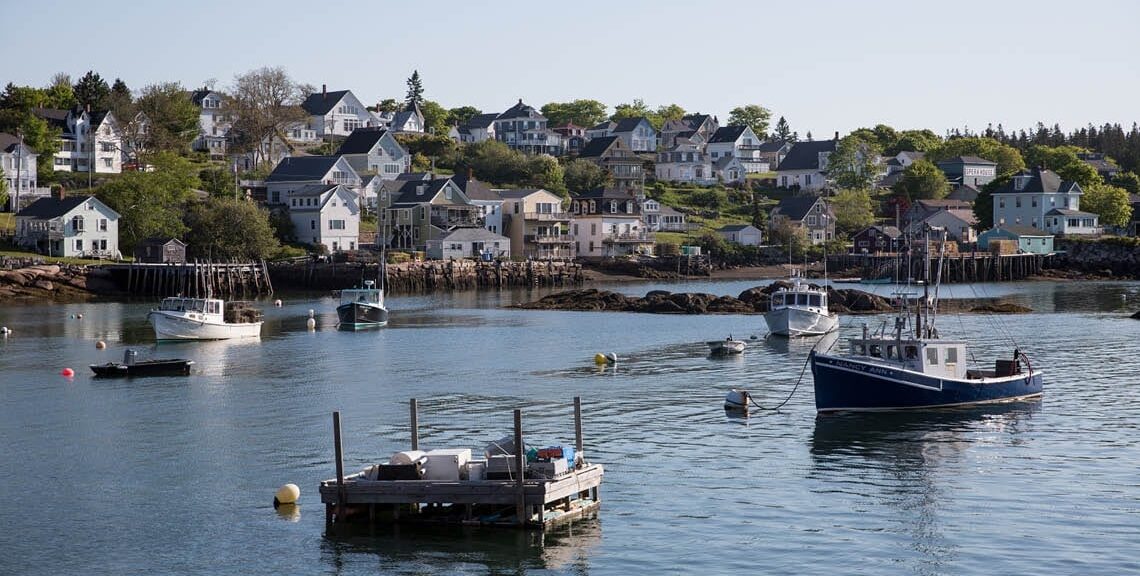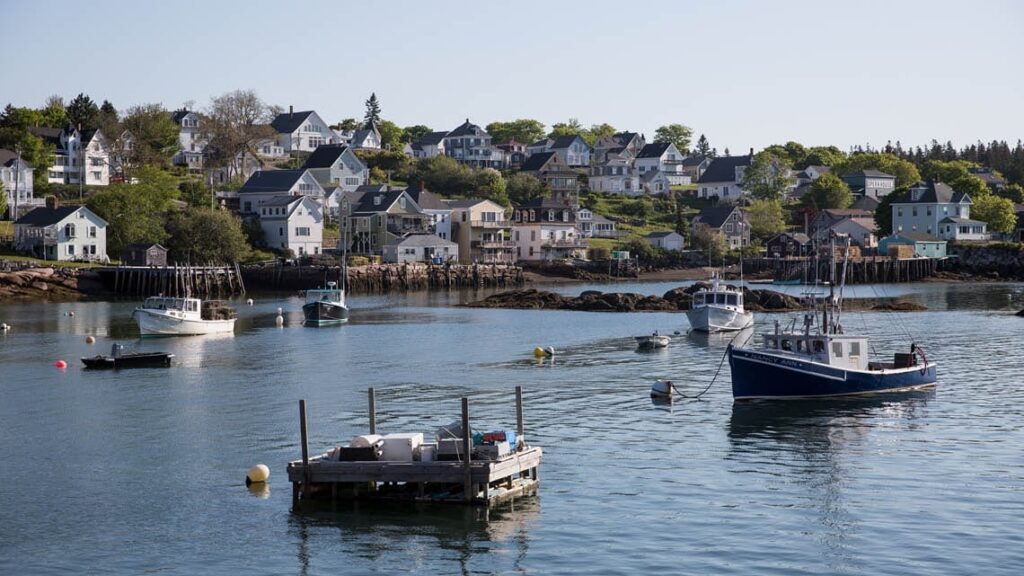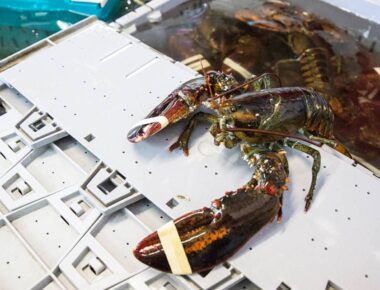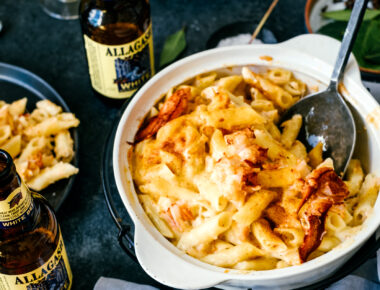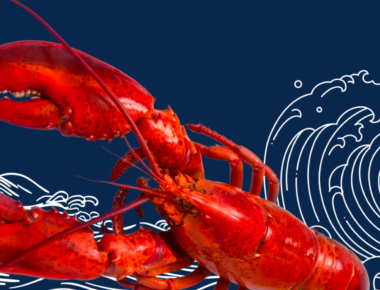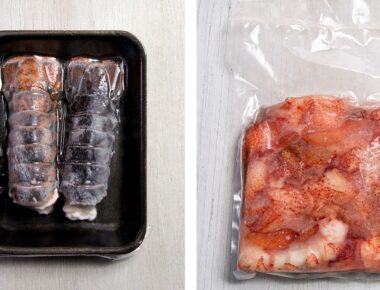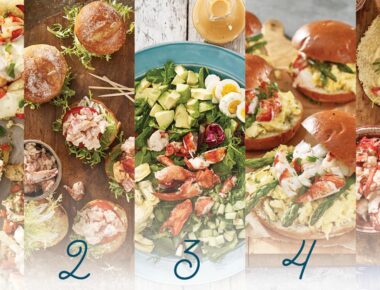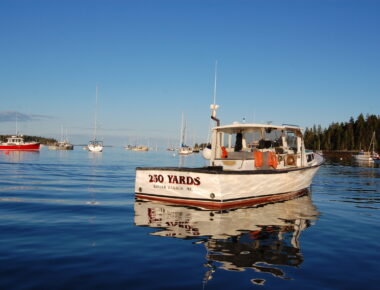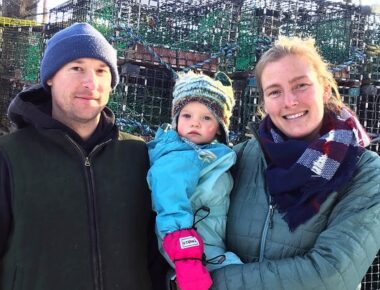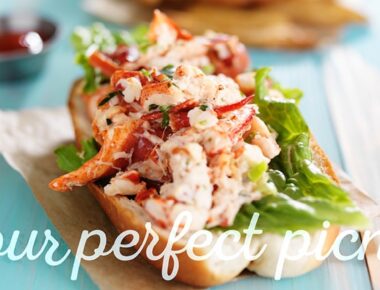How does a kid from Pittsburgh, PA end up running one of the busiest wharfs/lobster businesses in the lobster capital of Maine? Easy, be the youngest of a large family and have your parents retire and move to Maine when you’re a teenager …. and then catch lobster fever.
Meet Hugh Reynolds, owner of Greenhead Lobster, located in Stonington, which boasts the largest number of lobster landings in the State of Maine. Hugh fished for three summers as a teenager and then started working for Greenhead, originally known as the Stonington Lobster Company, in 1997. That business faltered (“I didn’t get my paycheck,” Hugh recalls), and he saw an opportunity.
Since then, Hugh has been seeing and seizing opportunities in his business and all the time moving at a rapid pace. No dust settles on Hugh – he’s built Greenhead Lobster into one of the largest live lobster companies in Maine and is now in the middle of building out a processing plant in Bucksport. “We’ve always wanted to get into processing and the time was right,” Hugh remarked. “I believe there’s more of a need for consumer ready products – fresh-frozen products.”
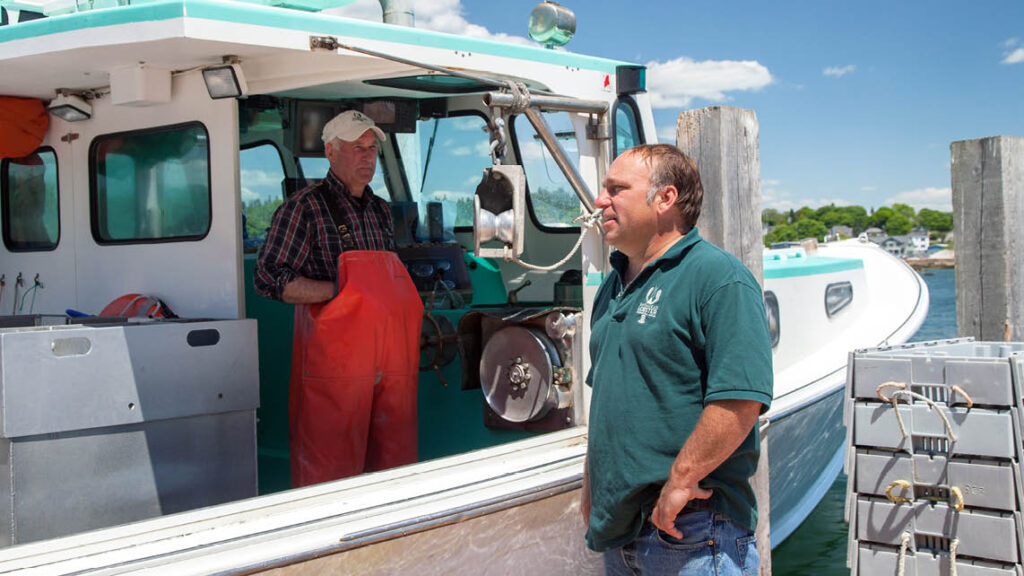
Hugh’s days at his operation in Stonington are varied but always busy. He arrives at 7 each morning (he has 5 kids, the two youngest, aged 9, are twins, the oldest is already working with Hugh at Greenhead). When he arrives, his first order of business is to think about the supply side of his operation – “how many guys are out fishing”. This he can get a feel for with a quick glance at the harbor, how many boats are on their moorings? This information gives him an idea of what to expect in landings – he knows every boat will be back in tonight. This attribute of Maine’s lobstering industry – small owner operator dayboats – is unique. Some guys go for a couple of days in some parts of Maine during the winter months, but by and large Maine’s lobster fishermen leave in the morning and return each evening. And its owner operator requirement, necessitating that only the owner of the vessel with the trap tags can haul his own traps, means no consolidation of the fishery and no corporate ownership. The lobster fishery is also what’s known as a limited entry fishery, which means there are only certain (time consuming) ways to get a license: come up as a student/apprentice mentored by a commercial fisherman. The process takes years even for the most diligent students.
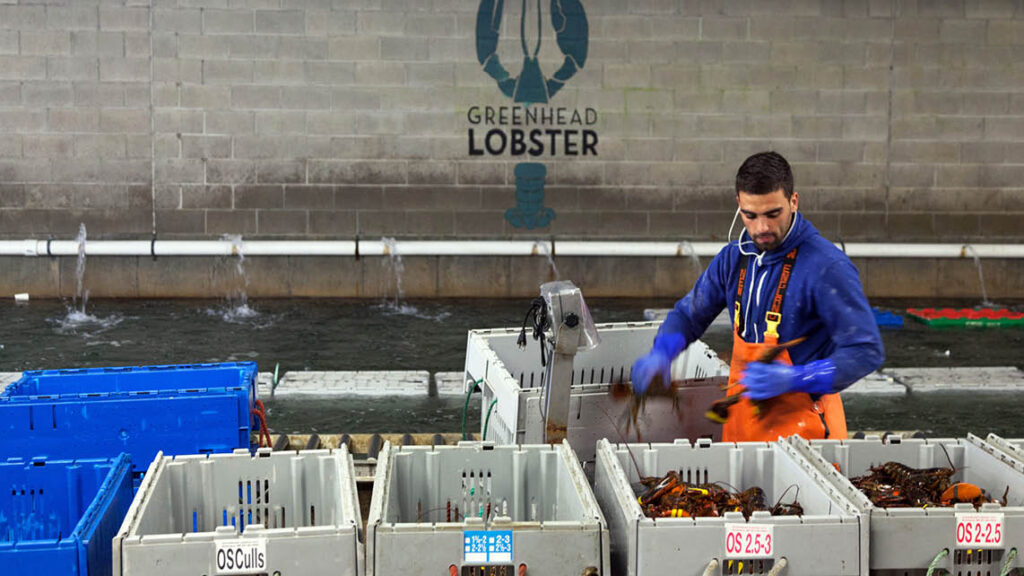
Once Hugh’s gotten a feel for the supply side, he shifts gears and looks at the demand side – his sales. Then the rest of the day is spent pairing up the supply with the demand. “The most challenging thing about what I do is the product,” Hugh remarks. “It’s a live product that has to be carefully handled all the way from when it comes up over the side of the boat until when it gets to the end consumer. There are many elements that are beyond my control – the shipping and transport is hard to control all the time.” That said, over the years Maine has dedicated a lot of resources to lobster science. As a result of expanded knowledge on best practices, handling techniques, at the boat level and throughout the supply chain, have improved tremendously. Lobsters, both hard shell and new shell can be shipped all over the world. The infrastructure and shipping technology has vastly improved making what would have been an impossibility 15 years ago an easy reality today. “Asia, Europe, all of these markets are very doable for us – it’s what we do every day,” Hugh notes, and then adds wistfully, “I really believe in the Maine brand and lobster is an iconic part of that brand.”

